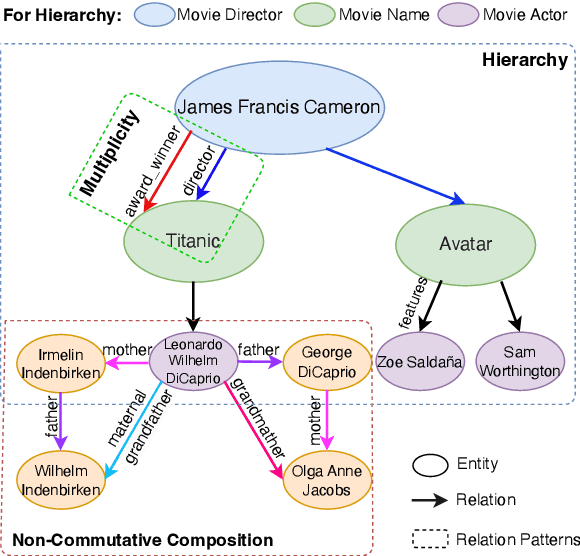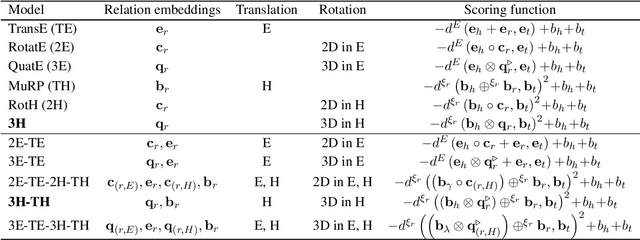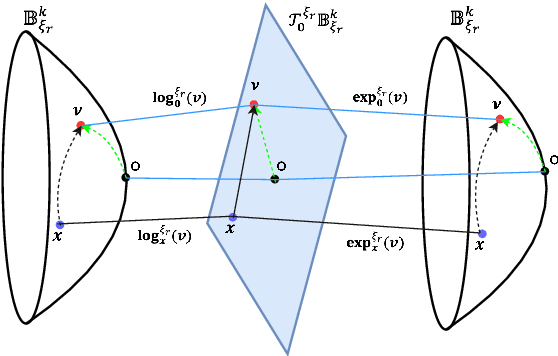Yihua Zhu
Beyond Chains: Bridging Large Language Models and Knowledge Bases in Complex Question Answering
May 20, 2025Abstract:Knowledge Base Question Answering (KBQA) aims to answer natural language questions using structured knowledge from KBs. While LLM-only approaches offer generalization, they suffer from outdated knowledge, hallucinations, and lack of transparency. Chain-based KG-RAG methods address these issues by incorporating external KBs, but are limited to simple chain-structured questions due to the absence of planning and logical structuring. Inspired by semantic parsing methods, we propose PDRR: a four-stage framework consisting of Predict, Decompose, Retrieve, and Reason. Our method first predicts the question type and decomposes the question into structured triples. Then retrieves relevant information from KBs and guides the LLM as an agent to reason over and complete the decomposed triples. Experimental results demonstrate that PDRR consistently outperforms existing methods across various LLM backbones and achieves superior performance on both chain-structured and non-chain complex questions.
Block-Diagonal Orthogonal Relation and Matrix Entity for Knowledge Graph Embedding
Jan 11, 2024Abstract:The primary aim of Knowledge Graph embeddings (KGE) is to learn low-dimensional representations of entities and relations for predicting missing facts. While rotation-based methods like RotatE and QuatE perform well in KGE, they face two challenges: limited model flexibility requiring proportional increases in relation size with entity dimension, and difficulties in generalizing the model for higher-dimensional rotations. To address these issues, we introduce OrthogonalE, a novel KGE model employing matrices for entities and block-diagonal orthogonal matrices with Riemannian optimization for relations. This approach enhances the generality and flexibility of KGE models. The experimental results indicate that our new KGE model, OrthogonalE, is both general and flexible, significantly outperforming state-of-the-art KGE models while substantially reducing the number of relation parameters.
3D Rotation and Translation for Hyperbolic Knowledge Graph Embedding
May 22, 2023



Abstract:The main objective of Knowledge Graph (KG) embeddings is to learn low-dimensional representations of entities and relations, enabling the prediction of missing facts. A significant challenge in achieving better KG embeddings lies in capturing relation patterns, including symmetry, antisymmetry, inversion, commutative composition, non-commutative composition, hierarchy, and multiplicity. This study introduces a novel model called 3H-TH (3D Rotation and Translation in Hyperbolic space) that captures these relation patterns simultaneously. In contrast, previous attempts have not achieved satisfactory performance across all the mentioned properties at the same time. The experimental results demonstrate that the new model outperforms existing state-of-the-art models in terms of accuracy, hierarchy property, and other relation patterns in low-dimensional space, meanwhile performing similarly in high-dimensional space.
 Add to Chrome
Add to Chrome Add to Firefox
Add to Firefox Add to Edge
Add to Edge